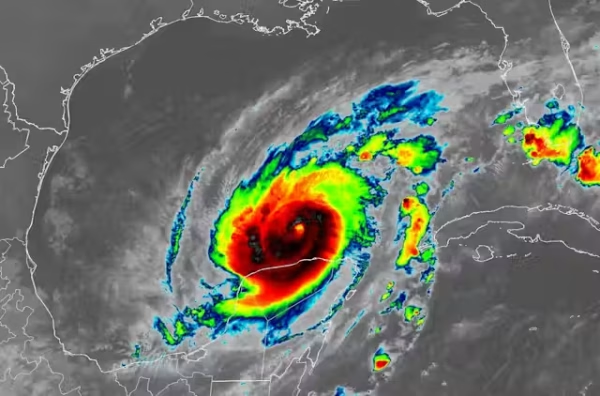The Attack of the Norovirus

Upwards of 100 students have been affected by some version of the stomach virus this winter.
This year the Norovirus, commonly known as the stomach virus, has been running ramped in the hallways of our school. According to attendance records, over 100 students have been infected and it hasn’t stopped yet. Because of the lack of snow and rain, the virus hasn’t escaped from our school causing it to stay involved in students’ everyday fears. The virus normally lasts around 48 hours to three days.
The common symptoms of the Norovirus are diarrhea, nausea, headache, vomiting, cramps, and a minor increase in temperature. There isn’t a medicine that can be taken to cure the virus, so when infected, one must just rely on time. The only thing to do when having it is to drink room temperature fluids and not eat heavy foods.
Nurse White says the only way to prevent the Norovirus from getting into one’s system is to participate in constant hand washing. The Norovirus can be airborne but is more commonly caught by touching something that a person infected with the virus has touched.
Junior Kendall Gauldin and Senior Collen Smith both had the Norovirus last semester. They have been dating for over a year and were together when they became infected. “We had it for like 2 days and we just woke up throwing up really bad and just felt bad for a couple of days after that. We just felt weak and kept throwing up.”
Recently Senior Kayla Watkins suffered with the virus for three days. “You feel weak, and you are scared to eat but you’re really hungry. The worst feeling of it all is when you know you need to throw up and your mouth waters, but you just can’t.”
The Norovirus is still here in the halls, and the only way to escape it is to take good care of oneself which includes frequent hand washing.
Your donation will support the student journalists of Tunstall High School. Your contribution will allow us to purchase equipment and cover our annual website hosting costs.

Mary Kate Welch is a senior and this is her first year as a member of the Trojan Messenger staff. Along with taking all AP classes, she is a member of...












